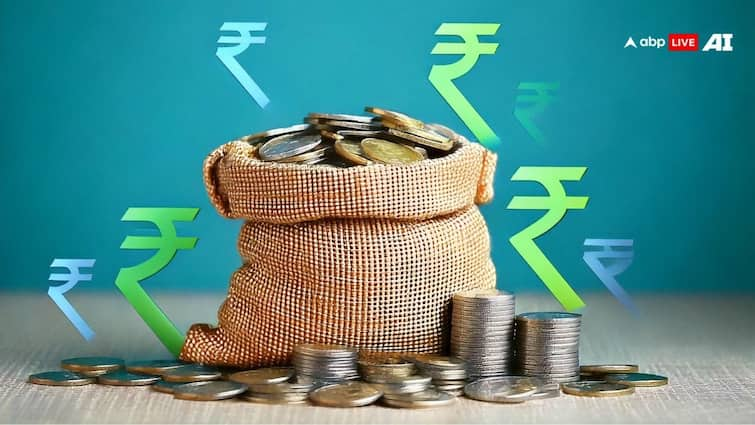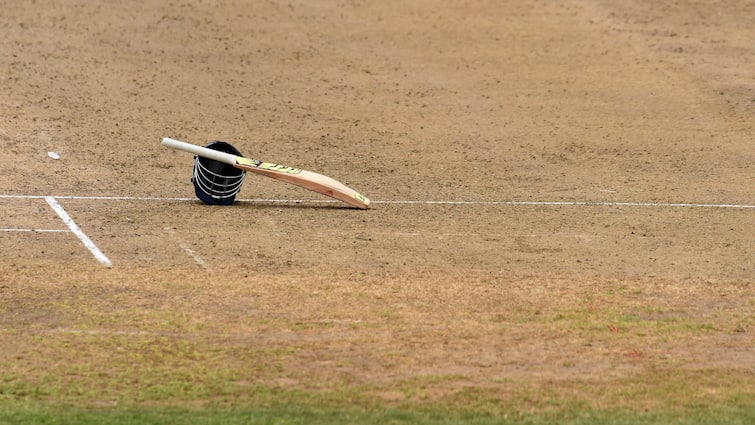Show Quick Read Key points generated by AI, verified by newsroom After nearly a year of anticipation, the Modi government has approved the Terms of Reference (ToR) for the 8th Central Pay Commission (CPC), marking the formal start of one of the most closely watched exercises for central government employees and pensioners. The new pay panel, chaired by Justice Ranjana Desai, has also been assigned its members and given 18 months to submit its recommendations. Around 1. 2 crore individuals, including 47 lakh employees and 68 lakh pensioners, stand to benefit from its findings. A Long-Awaited Review Begins The Commission’s mandate is clear - review the pay structure, allowances, and pensions of central government employees and retirees.
Once the report is ready, implementation is expected by late 2027 or early 2028, but with retrospective effect from January 1, 2026. The finalisation of ToR signals the actual commencement of the revision exercise that will determine salaries and pensions for millions. Over the years, each Pay Commission has substantially revised pay and benefits, balancing employee welfare with fiscal discipline. The 8th CPC will follow the same pattern, but this time the decisions will be heavily influenced by India’s evolving economic realities and the government’s budgetary room for manoeuvre. Five Economic Forces That Will Shape the Outcome Economic Conditions and Fiscal Prudence:The Commission will closely study India’s economic growth trajectory, inflation trends, and overall fiscal health.
A stable economy and manageable fiscal deficit could allow for a more generous pay revision. Conversely, fiscal constraints may keep hikes modest. Balancing Salaries and Development Spending:The panel faces the challenge of maintaining equilibrium between boosting employee incomes and ensuring adequate resources for infrastructure, welfare, and other developmental projects. Managing the Pension Burden:One of the most significant cost pressures comes from the old pension scheme (OPS). Employees who joined before January 1, 2004, and specific groups like armed forces personnel, continue to receive non-contributory pensions entirely funded by the government.
The Commission must assess the sustainability of this unfunded liability amid rising fiscal pressures. Ripple Effect on State Finances:Historically, most state governments adopt Central Pay Commission recommendations, even if with a delay. Thus, any proposed increase in central pay scales will have implications for state finances, a factor the 8th CPC will need to study carefully. Benchmarking Against PSU and Private Sector Pay: To remain competitive and fair, the panel will examine pay structures and benefits offered in public sector undertakings and private corporations. This comparison ensures that central government compensation remains attractive while reflecting broader market trends.
Lessons from Previous Pay Panels Each past commission has brought significant reforms to the pay structure. The 7th CPC, for instance, implemented in 2016, recommended a 2. 57 times hike in basic pay. Since then, dearness allowance (DA) has been revised multiple times to counter inflation and currently stands at 58 per cent of basic pay. The DA and its pensioner counterpart, Dearness Relief (DR), are reviewed twice annually, in January and July, based on the Consumer Price Index (CPI).
Over the years, the government has also restored DA/DR arrears and related benefits that were temporarily frozen during challenging periods such as the COVID-19 pandemic. Central employees also receive a range of allowances, including House Rent Allowance (HRA), travel and medical benefits, leave travel concession (LTC), and gratuity. Each Pay Commission reassesses these in light of inflation and the cost of living, ensuring they remain relevant and fair. What Lies Ahead Considering the 7th CPC took roughly two years to complete its work, the 8th CPC’s report is likely to be ready by late 2027 or early 2028. Once accepted, the revised pay scales are expected to take retrospective effect from January 1, 2026, aligning with tradition.
For millions of central government employees and pensioners, the next few years will be a period of anticipation. As the Desai-led panel undertakes its review, the delicate balancing act between fiscal prudence and employee welfare will determine the shape and scale of India’s next major pay reform.








